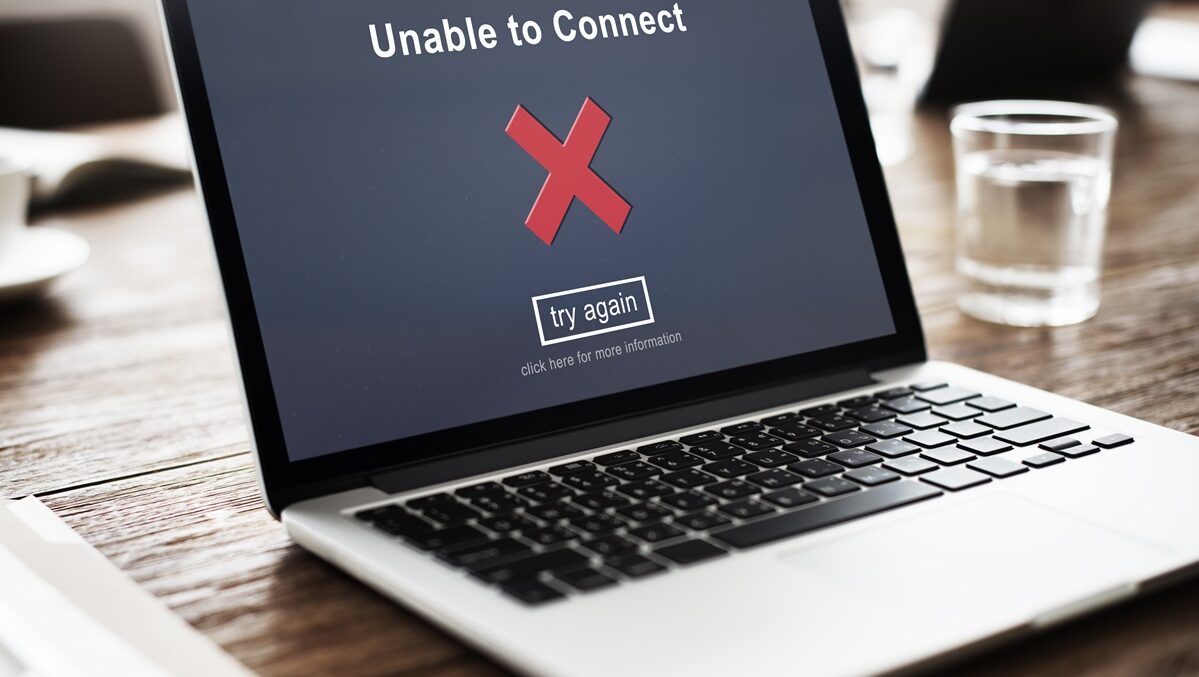
It’s our first post of the New Year, and we’re having a hard time feeling the Hootenanny vibes. Rather than Congress taking a “new year, new you” approach to telecom policy, it seems that D.C. is starting the year with the “same old, same old” of brinkmanship. This time, with broadband subsidies.
The Affordable Connectivity Program (ACP) is a federal program, administered by the Federal Communications Commission (FCC), that provides eligible low-income households with discounts of up to $30 per-month for broadband-internet service, and up to $100 for a laptop, desktop computer, or tablet from a participating provider. Congress created the program in 2021 as part of the COVID-19 relief package.
The ACP has been funded by a $14 billion appropriation, but that money is expected to run out this year. In October 2023, FCC Chair Jessica Rosenworcel requested $6 billion to keep the program running through the end of 2024. If additional funds are not appropriated, the program will shutter by May 2024, affecting nearly 23 million currently enrolled households, or about 17% of all U.S. households.
Legislation was introduced last week—the Affordable Connectivity Program Extension Act—to appropriate $7 billion. Despite bipartisan support for the bill, several powerful Republican members of Congress sent a letter to Rosenworcel decrying the program as “wasteful.” The legislators—Sens. John Thune (R-S.D.) and Ted Cruz (R-Texas), and Reps. Cathy McMorris Rodgers (R-Wash.) and Bob Latta (R-Ohio)—complain that the program is ineffective in connecting nonsubscribers to the internet, and that the FCC has shirked its obligation to collect data on broadband adoption by first-time subscribers under the ACP.
These criticisms are somewhat valid, but also misleading in some ways. In a recent International Center for Law & Economics issue brief, we find, on the one hand, that the ACP has faced difficulties in stimulating sufficient interest among some segments of the 5% of unconnected households that could access the internet, but fail to take up service. On the other hand, the ACP’s subsidies appear to have successfully enabled already-subscribed households to maintain at-home internet service through the COVID-19 pandemic and afterward. In other words, the benefits may be less about connecting the unconnected and more about helping households stay connected.
With no deal imminent, the FCC plans to wind down the ACP. The agency will stop accepting new enrollees after Feb. 7 and will bar providers from joining thereafter. Those providers also will have to barrage beneficiaries with warnings about looming rate hikes. Under the FCC’s winddown order, households losing their ACP subsidies must affirmatively opt in to continue their internet service at the higher unsubsidized rates.
An ACP winddown could have far-reaching—and unintended—consequences. The median household receiving ACP subsidies reports they pay $40 a month for internet service. Loss of ACP subsidies would result in a 75% increase in those subscribers’ monthly internet bills. Such a steep increase may cause many households to think twice about continuing their internet service. Many also may see service discontinued because they were unaware they had to opt in or failed to take the proper steps to opt in. This could amount to a double-whammy that serves to disconnect millions of households from the internet.
In addition, the ACP prompted many internet providers to offer low-priced plans targeted to ACP households. Without the ACP subsidies driving demand for these programs, providers may take steps to eliminate these plans. If that’s the case, we may face a triple-whammy.
In addition to these foreseeable consequences, the end of the ACP could ripple through to other programs, such as the Broadband Equity, Access, and Deployment (BEAD) Program, which was established by the Infrastructure Investment and Jobs Act (IIJA) and is administered by the National Telecommunications and Information Administration (NTIA). As explained by the Information Technology & Innovation Foundation (emphasis added):
The IIJA and NTIA’s Notice of Funding Opportunity were therefore explicit that networks funded through BEAD include a low-cost service option for eligible consumers, which NTIA will evaluate based on the total recurring charges to the consumer, accounting for any subsidies like the Affordable Connectivity Program (ACP). Per NTIA guidance, states’ “Initial Proposals” for the BEAD funds, which are all due by year’s end, must include the expected price of this low-cost option, or their formula for arriving at it, for NTIA’s approval—prior to the disbursement of funds.
Thus, if the ACP is wound down, then BEAD proposals that rely on the ACP to support a low-cost option may be rejected, imperiling some states’ access to BEAD funding. ITIF points out that states could reduce this risk by developing low-cost options that do not rely on ACP subsidies, but this would likely impose additional administrative burdens on an already-burdensome process marked by red tape.
The ACP can be thought of as a demand-side program to reduce the cost of internet adoption to households. The BEAD program can be thought of as a supply-side program to boost the deployment of internet service to underserved areas. If the winddown of the ACP slows BEAD deployment, then internet services may experience both a decrease in demand and a slow-down in supply. That means 2024 could be the first year in history that the United States would see a decrease in the number of households connected to the internet.
As we conclude in ICLE’s issue brief, despite its shortcomings, the ACP is a much better policy than other alternatives—such as direct rate regulation or municipal broadband. Rate regulation would discourage investment and innovation in the broadband market. Municipal broadband would create unfair competition and waste local taxpayer money. If the ACP goes away, these inferior policies will likely be trotted out and gain some traction with policymakers. The ACP is not perfect, but it’s good enough, and it’s better than the alternatives.




